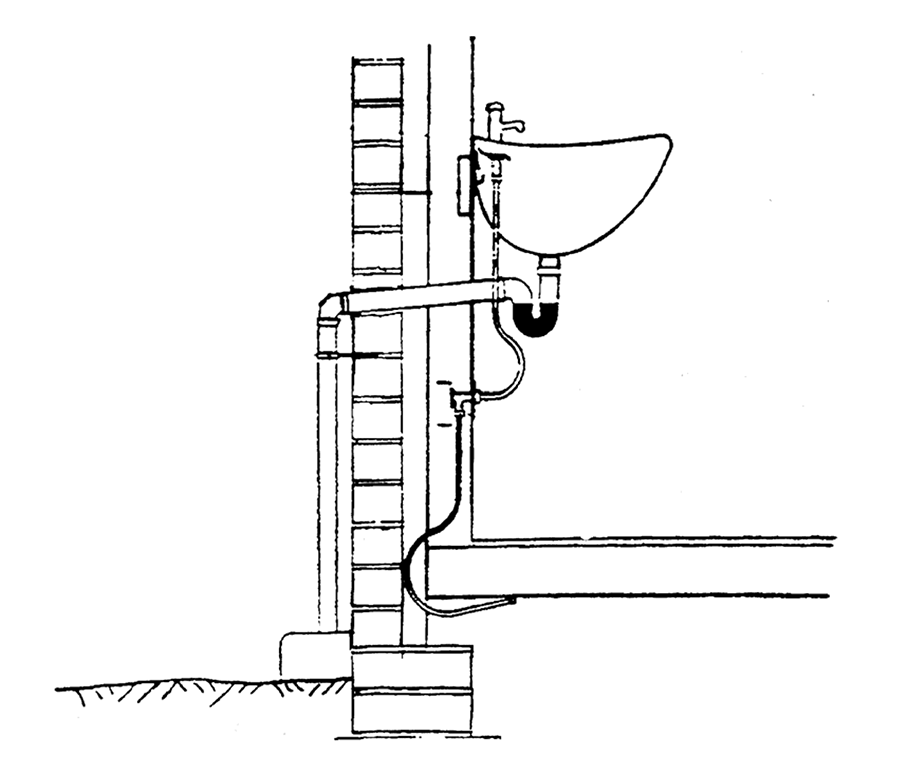Matching activities
Matching activities are usually done in small groups or pairs. Each group is given two sets of cards which they match together cooperatively, pooling their knowledge and understanding as they do so.
Uses of matching activities
Matching activities can consist of:
- specialised terminology matched with definitions or meanings
- components of diagrams or graphics matched with their technical names
- conceptual terms matched with meanings
- objects matched with estimated measurements (numeracy)
- pictures of tools or equipment with their names or uses.
They can also be extended to three sets of cards, for instance pictures of tools, names of the tools, matched with what they would be used for.
These activities can be used:
- As short activities to begin or end a session
- To introduce new language or terminology
- To clarify concepts and their meanings
- As a brief re-visit of concepts or language previously covered in the course
- As an opportunity to find out what learners already know (their existing knowledge) before commencing a new topic
Note: When using matching activities to focus on language and terminology it is a good idea to encourage students to use the language themselves by talking in their small groups about what they are choosing and why, and by asking some of them to read out their responses to ensure pronunciation is correct.
Benefits of matching activities
Matching activities are non-threatening because all of the ‘answers’ are there and difficult items can be worked out by a process of elimination.
They boost student confidence because they acknowledge their existing knowledge rather than having the teacher as the only expert.
Matching activities encourage students to share their different areas of expertise. Establishing a cooperative approach through structured activities like this tends to have flow on benefits as students will then help each other in other aspects of their theory and practical work.
They allow the teacher to observe student learning/understanding. By listening to a group discussion they can pick up on students’ areas of strength and weakness.
They provide opportunities for students to give feedback about their thinking to the teacher as they discuss the reasons for their choices. This empowers learners and provides insight on their level of confidence for the teacher.
Some ideas from prior participants
Electrical trades
|
Current
|
a flow of electrons
|
|
Watt
|
a unit of electrical consumption
|
|
Battery
|
group of cells to produce electricity
|
|
Power
|
the rate at which energy is used
|
|
Live
|
active electricity
|
| Shigella species | Food poisoning from undercooked chicken which may last for 10 days |
| Salmonella species | An NLF – diarrhoea with blood and pus |
| Campylobacter jejuni | Causes illness due to pre-formed toxin, usually fatty foods |
| Vibrio parahaemolyticus | Important for pregnant women and immunosuppressed |
| Staph aureus | May be fatal due to haemolytic uraemic syndrome |
| Listeria monocytogenes | Usually associated with large quantities of food, eg institutions |
| E. Coli | Typical infection from poorly handled rice |
| Clostridium perfringens | Always associated with fish and shellfish |
| Bacillus cereus | An NLF – may cause large outbreaks, eg pork rolls |
Examples of matching terms to visuals
Plumbing—Matching activity
A Wall Mounted Basin
Match the words in the box below to the correct parts of the diagram

| I.O Bend | Wall sleeve | Lugged elbow |
| Nogging | Clip | Copper connection |
| Trap | Pillar tap | Wall bracket |
Answer
Plumbing—Matching activity
A Wall Mounted Basin

Examples of matching terms to visuals
Numeracy example that matches – real world situations, approximate amounts and mathematical meanings
| A possible wage rise | 4% | For every $100 you earn now you will get an extra 4 dollars |
| Goods and Services Tax | 10% | You will pay an extra 1/10 of the cost |
| Time and a half overtime rate | 150% | A pay rate of $16 per hour becomes$22 per hour |
| A home interest rate | 7% | Every year you have to pay $7 interest for each $100 borrowed |
| Pure cotton | 100% | Completely one thing |
| Holiday loading | 17.5% | An extra $17.50 for each $100 of your wage to make up for loss of overtime |
| Blood alcohol content | .05% | A percentage much lower than 1% |
| A typical credit card interest rate | 16% | blank |
